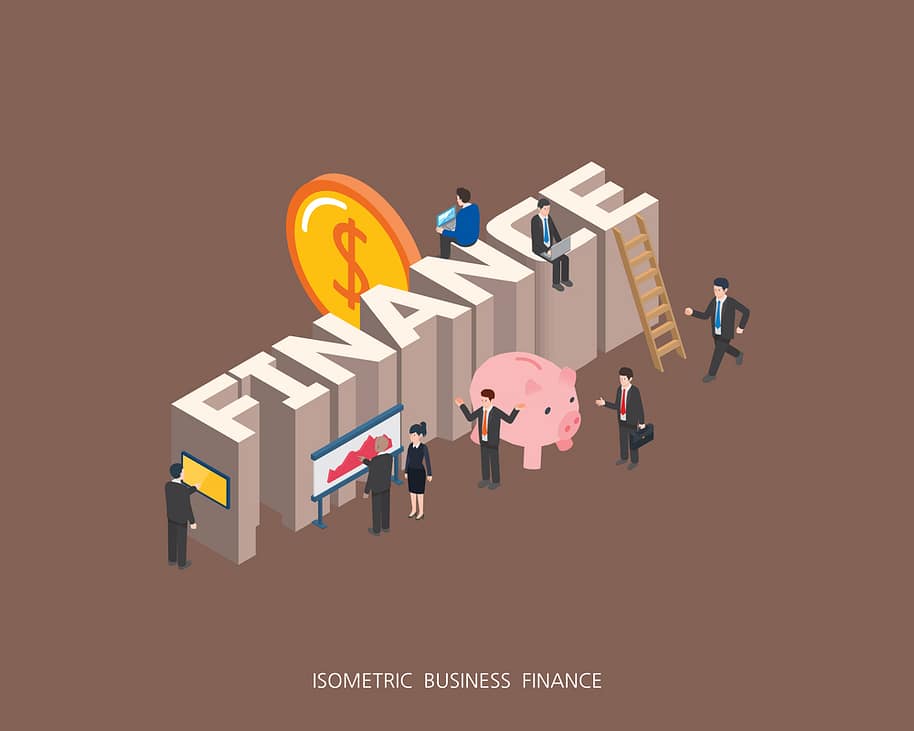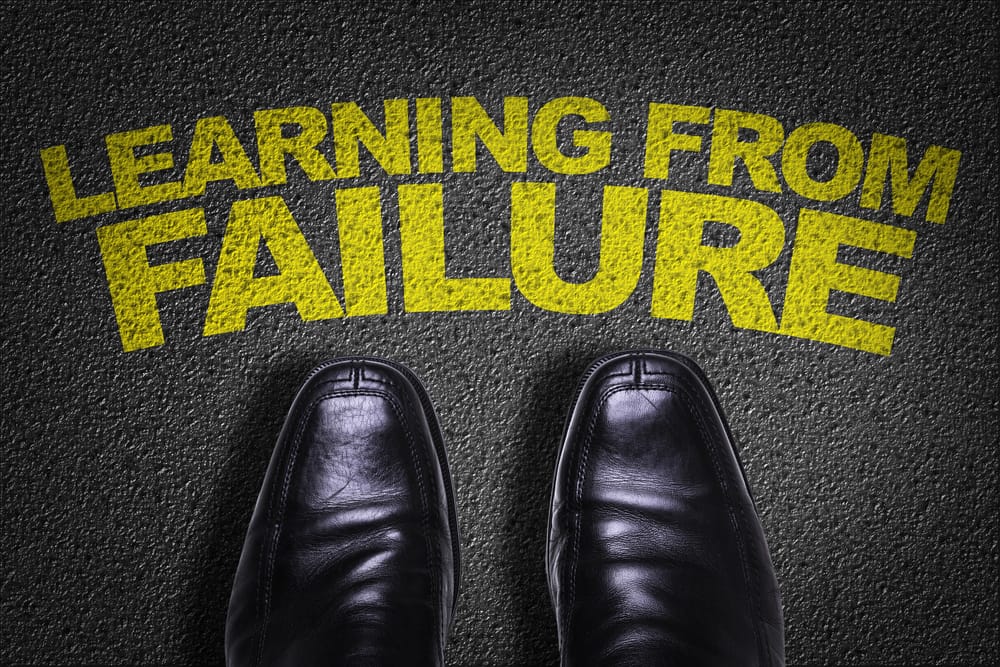Power Electronics Startups: How to Attract Series A and Beyond
Capital follows capable leadership. In the fast-evolving landscape of power electronics—where innovation drives everything from EV charging networks to smart grids and industrial automation—Series A investors are not just funding technology; they are funding leadership teams. For CEOs, Boards, and Chairpersons guiding early-stage startups, the ability to align executive recruiting with investor expectations determines who scales and who stalls.
Leadership as the foundation of fundraising
In power electronics, the path from seed capital to Series A requires more than technical validation—it demands investor confidence in leadership. Private Equity and Venture Capital firms look beyond patents and prototypes; they examine whether the CEO and CXO team can scale manufacturing, navigate supply chains, and establish commercial partnerships.
Recruiters confirm that Boards now prioritize leadership readiness as much as product readiness. Chairpersons emphasize that attracting institutional investors requires a visible governance structure, credible succession plans, and experienced executives capable of translating engineering excellence into financial performance. Executive search partners help founders assemble this bench strength, aligning recruiting with capital strategy.
The Board’s influence on investor trust
Early-stage Boards play a pivotal role in signaling stability to investors. Startups with strong Boards—comprising industry veterans, regulatory experts, and financial advisors—tend to attract faster follow-on funding. Investors view Board composition as a proxy for governance discipline.
Chairpersons note that Board credibility often becomes the differentiator during Series A and B negotiations. Recruiters play a vital role here, identifying independent directors who bring strategic relationships and operational insight. Boards that include members with deep experience in semiconductors, Industry 4.0, and clean energy ecosystems enhance investor confidence by demonstrating cross-sector awareness.
Recruiters also advise startups to evaluate Board diversity not just in demographics but in domain expertise—ensuring a balance of technical, financial, and market-oriented perspectives. This mix signals to investors that the company is prepared for the complexities of scaling hardware-intensive innovation.
Recruiting the right CXO team
Power electronics startups often begin with brilliant engineers, but Series A investors demand complete leadership teams. Recruiters emphasize that filling key roles—COO, CFO, and VP of Business Development—is essential before approaching institutional investors. CEOs must demonstrate that they have surrounded themselves with operators capable of scaling production, managing costs, and driving revenue.
Executive search firms help bridge this gap by sourcing CXOs with experience in manufacturing, supply chain, and B2B commercialization. Chairpersons stress that investors now expect data-driven recruiting processes that mirror those of established corporations. Boards that engage recruiters early ensure alignment between leadership capabilities and funding milestones, avoiding costly mid-round disruptions.
Building a narrative investors can believe in
A compelling story is critical to attract capital beyond Series A. Recruiters advise CEOs to align leadership biographies with the company’s investment thesis. Investors must see a clear link between each executive’s background and the startup’s path to profitability.
Boards play an active role in crafting this narrative, often with guidance from their recruiters. Chairpersons ensure that investor decks include leadership succession frameworks—showing that continuity is secured even if a founder exits. This transparency reduces perceived risk and demonstrates that the company is thinking beyond immediate capital needs.
Recruiters highlight that the most successful fundraising campaigns showcase not only innovation but also execution potential. Power electronics investors want assurance that the team can manage complex production cycles, meet regulatory requirements, and maintain quality as volumes scale. CEOs who integrate these operational strengths into their leadership story gain a decisive advantage.
Governance maturity attracts capital
Investors favor startups that operate with the governance discipline of mid-market firms. Chairpersons emphasize that early adoption of Board committees—such as audit, risk, and compensation—can accelerate investor confidence. Recruiters confirm that many venture funds now evaluate governance practices as part of leadership due diligence.
Boards that adopt these structures early set a foundation for smoother Series B and C fundraising. They also reduce friction during due diligence, signaling that leadership understands accountability. Recruiters further note that startups demonstrating this level of maturity attract higher-quality investors who can provide strategic, not just financial, value.
Strategic perspective for Boards and CEOs
For power electronics startups, Series A is not the finish line—it is the foundation for growth. CEOs and Boards must recognize that investors are betting on leadership just as much as innovation. Recruiting experienced CXOs, strengthening Board composition, and institutionalizing governance practices are key to sustaining investor confidence.
For more insights on leadership strategies, governance, and capital readiness, visit NextGen’s Industry News.
Startups that win Series A funding have more than compelling technology—they have credible leadership, visible governance, and recruiters who understand how to build both.
Case examples: capital follows leadership readiness
In recent years, investors have repeatedly demonstrated that leadership—not technology alone—determines who secures Series A and beyond. One European power electronics startup, focused on next-generation inverters for EV fast-charging networks, struggled to close its Series A until it restructured its leadership team. By bringing in a CFO from a semiconductor manufacturer and a Chairperson with proven fundraising experience, the company’s valuation doubled within six months.
Recruiters emphasize that this case is not unique. Across Industry 4.0 and clean energy ecosystems, Boards that recognize leadership gaps early and act decisively outperform peers. Investors consistently cite “leadership clarity” as a deciding factor when choosing between similar technologies. For CEOs and Chairpersons, this reinforces that recruiting is not an HR task—it’s a capital strategy.
The recruiter’s role in investor readiness
Modern executive search partners operate at the intersection of talent strategy and capital formation. Recruiters with deep industry networks understand investor psychology, helping Boards anticipate the leadership attributes venture capitalists prioritize. These include not only operational experience and domain knowledge but also communication skills, credibility in financial modeling, and the ability to engage with strategic partners.
Chairpersons increasingly view recruiters as strategic advisors during capital planning. Before funding rounds, executive search firms benchmark the company’s leadership composition against peer startups that have successfully raised capital. This benchmarking allows CEOs and Boards to present a compelling narrative that leadership is not only complete but competitive.
Recruiters also help prepare executives for investor meetings—coaching CEOs and CXOs on aligning leadership stories with funding strategies. In power electronics, where the technology is complex and capital requirements are high, recruiters bridge the communication gap between engineers and investors.
Succession and leadership continuity post-Series A
Series A success often brings new challenges. Investors expect acceleration, and that requires scalability—not just in operations but in leadership. Boards that neglect succession risk losing momentum during this critical phase.
Recruiters confirm that private equity and venture capital firms now ask explicit questions about succession during due diligence. Chairpersons must demonstrate not only who is in the C-suite today but who is ready to step in tomorrow. Executive search partners help Boards map internal leadership pipelines and identify external talent to ensure continuity.
CEOs benefit as well. Having succession structures in place enables founders to transition into strategic roles without destabilizing investor confidence. Boards that institutionalize these frameworks establish the governance maturity investors look for in Series B and beyond.
Board evolution and capital attraction
As startups move from seed to Series B, the composition of the Board must evolve. Chairpersons note that early Boards are often composed of founders and technical advisors. However, as institutional investors enter, Boards require members with financial oversight, compliance expertise, and market access.
Recruiters assist in this transition by sourcing independent directors who can add investor credibility and operational guidance. Boards that include members with track records in scaling capital-intensive industries—semiconductors, IIoT, and renewable energy—demonstrate readiness for the next stage of growth.
Executive search firms also guide Boards in balancing governance and agility. Over-formalization can slow innovation, while too little oversight can deter investors. Recruiters help define the right governance model for each growth phase, ensuring alignment between Board evolution and fundraising strategy.
Leadership credibility as investor leverage
In competitive capital environments, leadership credibility is leverage. Recruiters confirm that startups with strong CEO and CXO reputations secure funding rounds more efficiently and on better terms. Chairpersons emphasize that investors are not simply buying into business plans—they are buying into leadership teams they believe can execute them.
This credibility is built through consistency. CEOs must demonstrate mastery over both the technical narrative and the commercial roadmap. Boards play a critical role in reinforcing this image by maintaining governance transparency and ensuring that leadership communications align with investor expectations. Recruiters often act as behind-the-scenes partners, shaping how leadership is presented across investor touchpoints.
Why recruiting early defines long-term outcomes
Recruiters warn that startups often wait too long to professionalize leadership. By the time Series A approaches, the lack of a fully formed executive team can become a red flag during diligence. Chairpersons who engage recruiters early in the startup lifecycle secure access to stronger candidate pipelines and shorten hiring cycles when capital becomes available.
Boards that align early recruiting with succession planning establish a self-sustaining structure that attracts investors throughout the growth journey. Recruiters help design this structure by integrating talent acquisition, leadership assessment, and governance advisory into one continuous process. This foresight positions startups for scalability, even under the scrutiny of global venture capital firms.
Strategic perspective for Boards and CEOs
For power electronics startups, leadership is the signal investors follow through noise. CEOs who partner with recruiters to build credible teams, Chairpersons who evolve Boards proactively, and investors who value governance maturity form the ecosystem that drives sustainable growth.
The next phase of capital attraction will belong to startups that combine deep innovation with disciplined leadership. For insights on leadership strategy, succession, and fundraising readiness, visit NextGen’s Industry News.
In the world of power electronics, technology opens the door—but leadership keeps it open. Boards that invest in recruiting and succession early will find investors waiting, not hesitating.
About NextGen Global Executive Search
NextGen Global Executive Search is a retained firm focused on elite executive placements for VC-backed, PE-owned, growth-stage companies and SMEs in complex sectors such as MedTech, IoT, Power Electronics, Robotics, Defense and Photonics. With deep industry relationships, succession planning expertise and a performance-first approach to recruiting, NextGen not only offers an industry-leading replacement guarantee, they also help CEOs and Boards future-proof their leadership teams for long-term success. They also specialize in confidentially representing executives in their next challenge.


















